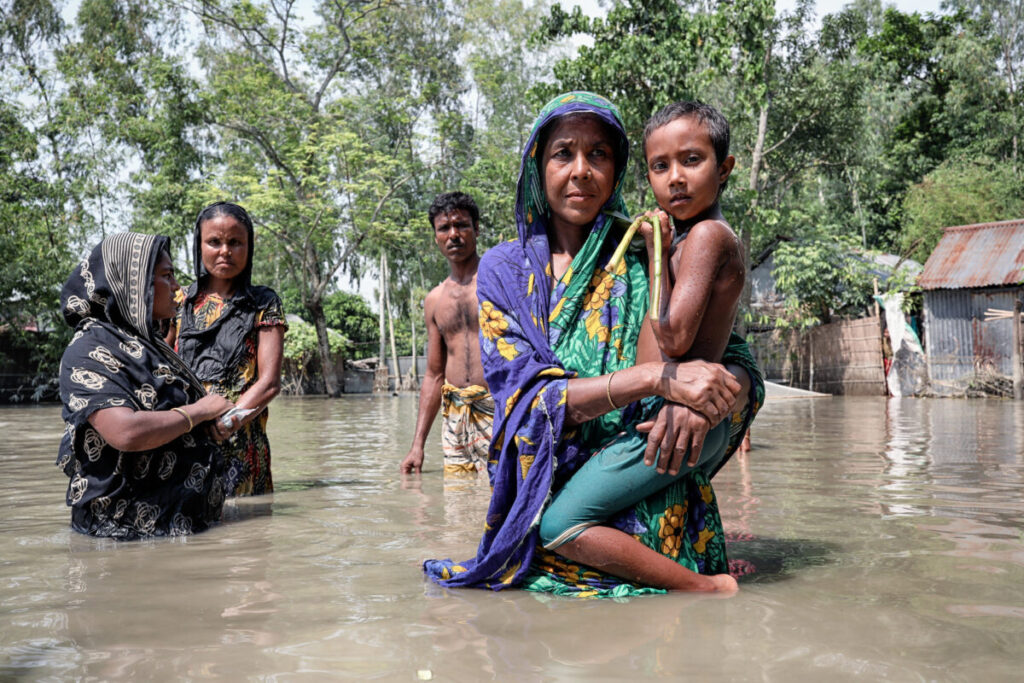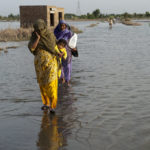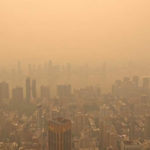
Editor’s note: We’re currently accepting applications for our Women In Science Incentive Prize, supporting female scientists addressing climate change.
It’s no surprise that climate change is causing extreme weather events — think storms, floods and heat waves — to increase in frequency and intensity. But troubling new research shows that women are impacted by a warming planet the most.
According to a recent analysis by the Association of American Medical Colleges, women around the world are more likely to experience injury and death as a result of catastrophic weather events. The harm often comes in the form of pregnancy complications and sexual violence, data gathered from more than 130 studies suggests.
“After extreme weather events, risks to women go way up, and they go up in many different ways,” Cecilia Sorensen, director of the Global Consortium on Climate and Health Education at Columbia University, told AAMC.
When it comes to reproductive health, a pregnant woman’s physiology “changes dramatically,” while also affecting her ability to handle climate change-related exposures, according to Blair Wylie, an OB-GYN in New York City. Factors including air pollution, dust from droughts and heightened allergens from longer spring and summer seasons produce harmful substances that can be detrimental to the health of a pregnant woman and her fetus. And additional research finds that pollution can cause postpartum depression, low birth weights for babies and even infant death. Extreme heat can cause additional issues for pregnant women, including heat stroke and dehydration.
Domestic and sexual violence also increases during incidents of extreme weather. For example, a 2022 study found that after Hurricane Katrina in 2005, women living in areas with severe storm damage were five to eight times more likely to experience intimate partner violence. Individuals, often men, became more aggressive as a result of storm-related food insecurity, mental stress and economic hardship, says Jeff Temple, PhD, professor and psychologist with UTHealth Houston. The trauma of extreme weather events “taxes our coping mechanisms,” he says.
A number of more recent extreme weather events have greatly afflicted women, the analysis found — including unprecedented flooding in Pakistan during 2022 that impacted 8.2 million women of child-bearing age, and a recent drought in Somalia that has greatly impacted at least 2 million women and girls of reproductive age. Not just that, but data from the United Nations reveals that women and young girls make up a majority of poor people in the world, another reason why the climate crisis impacts them the most.
Even childcare is affected by climate change. According to the AAMC, women — who make up 95% of the childcare workforce in the U.S. and who are majority Black and Latina — “have to remain in the same physical environment as the children they care for,” it states. “If the home, school, or daycare center is baking in extreme heat, clouded with high levels of pollution, or infested with mold from heavy rains and floods, the children and the adults often have little choice but to stay there.”
And time is ticking when it comes to improving the situation. The Nature Conservancy says the world must achieve net-zero carbon emissions by 2050, or catastrophic events will occur — from global flooding of coastal cities, to heatwaves, droughts, water and crop shortages, to “large-scale destruction of habitats and ecosystems” that will lead to extinction of different species.
While it will take a global effort to combat climate change, AAMC points to the promise of initiatives such as Columbia University’s Collaborative for Women’s Environmental Health, which aims to increase knowledge among health care providers regarding climate change’s impact on women.
Women activists and environmentalists also continue to work on solutions. As the Kenyan political activist Wangari Maathai once said: “The future of the planet concerns all of us, and all of us should do what we can to protect it.”



